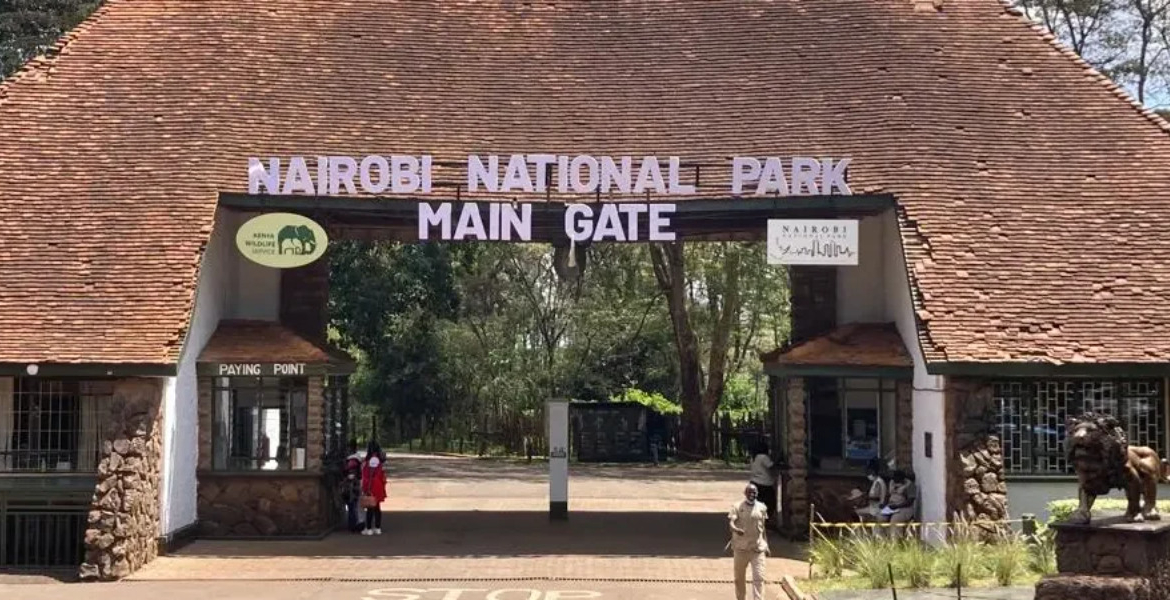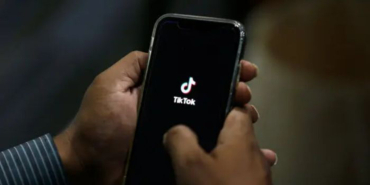Kenya Announces New Measures to Improve Access to Nairobi National Park

In response to a significant increase in visitor numbers and subsequent congestion at Nairobi National Park, the Kenyan government has initiated a series of measures aimed at improving access and streamlining visitor flow.
The announcement, made by Tourism Cabinet Secretary Rebecca Miano, follows a recent weekend incident that saw tourists experiencing extensive delays at the park's entry gates, prompting concerns about the efficiency of the admission process. The most immediate change involves the implementation of express lanes specifically designated for visitors with prepaid tickets. This initiative aims to expedite entry for those who have purchased their passes in advance, reducing waiting times and improving overall visitor experience.
Further alleviating pressure on the main entrance, the government has also activated two additional access points: the East Gate along Mombasa Road and the Mbagathi Gate off Magadi Road. These alternative entry points are designed to distribute traffic more effectively, preventing bottlenecks and enhancing accessibility for visitors approaching from different directions. Looking ahead, plans are underway for the construction of a fourth gate along the Southern Bypass.
This development is expected to provide further relief to congestion and significantly improve accessibility to the park. The surge in attendance at Nairobi National Park, a unique urban wildlife sanctuary bordering the capital, is largely attributed to Kenya's growing prominence as an international tourism and conference destination. Aggressive global marketing campaigns, coupled with an increase in high-profile events hosted in Nairobi, have positioned the country as a premier tourist spot.
According to Miano, over 60 percent of visitors on Sunday utilised the eCitizen prepaid ticketing system, a trend the ministry aims to expand to further streamline entry processes. However, challenges remain. A recent technical failure in the Kenya Wildlife Service (KWS) prepaid ticketing system exacerbated the weekend congestion. The unexpected system downtime forced many prepaid ticket holders to queue alongside those purchasing tickets on-site, negating the intended advantage of advance purchases.
While KWS continues to encourage tourists to pre-purchase their tickets, the incident highlighted the critical need for a more robust and reliable digital infrastructure to support the increasing demand. The improvements come at a time when Kenya’s tourism industry is experiencing significant momentum. President William Ruto recently announced ambitious targets to boost visitor numbers, projecting that the country will host 2.5 million tourists by the end of the year.
By 2027, the government aims to attract five million annual visitors—a goal that, according to Ruto, is within reach with continued investment in infrastructure and enhanced visitor experiences. The introduction of new entry points, expedited ticketing lanes, and planned expansions reflect a broader strategy to modernise Kenya’s tourism ecosystem. By reimagining access to one of the country’s most prized attractions, officials are not only responding to immediate logistical concerns but also positioning Nairobi National Park as a model for visitor engagement in urban conservation spaces.
Miano emphasises that the upgrades are about more than convenience; they represent a commitment to delivering a world-class experience for visitors while maintaining the integrity of Kenya’s iconic wildlife habitats.








Add new comment